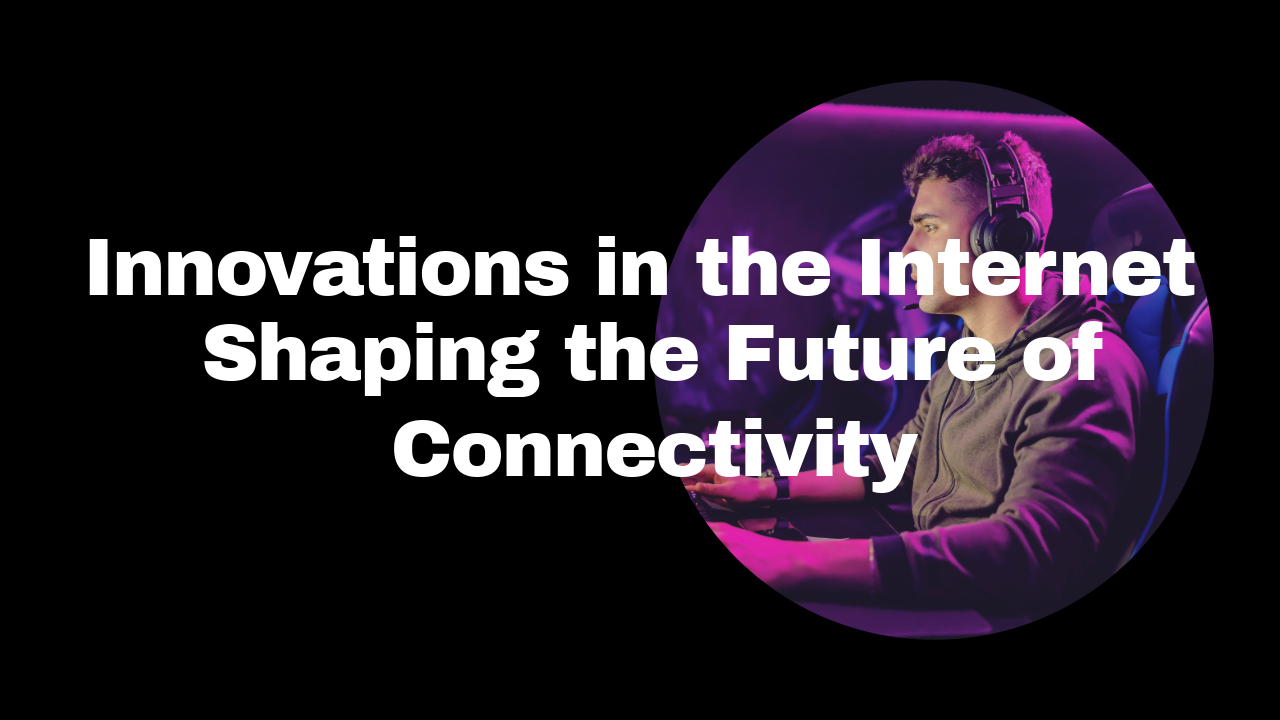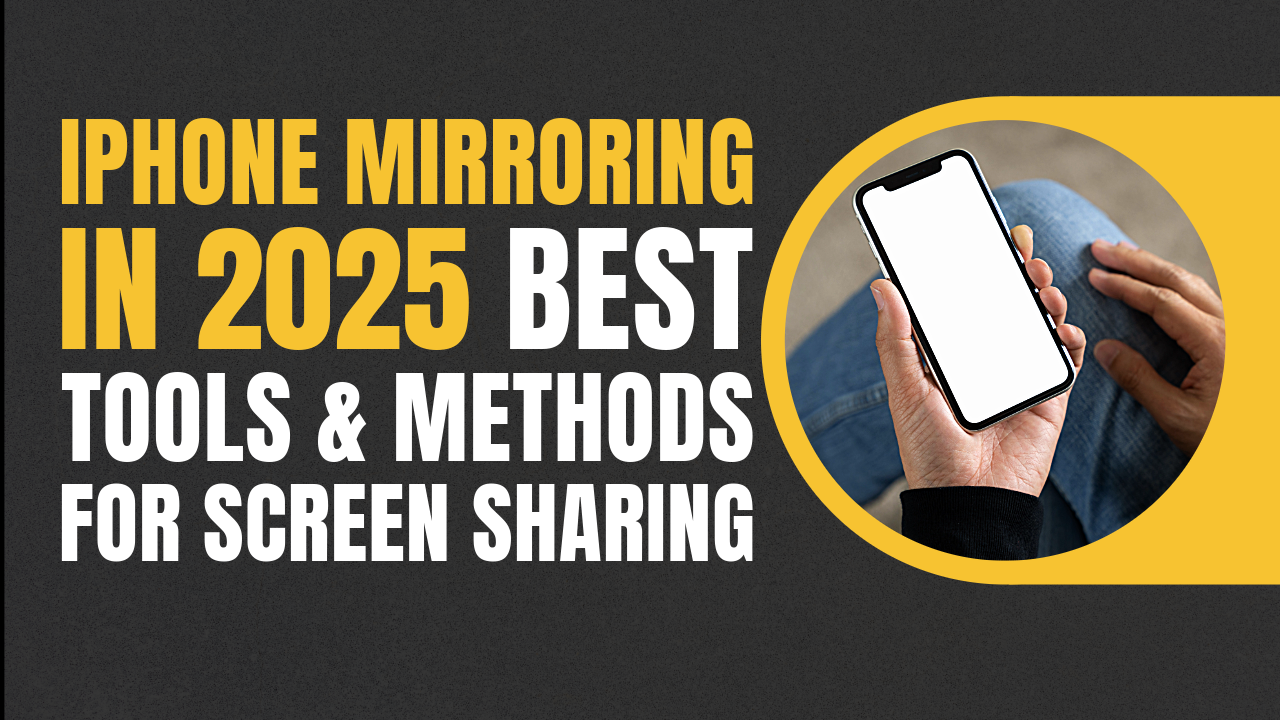The internet has come a long way since its humble beginnings as a military project in the 1960s. From dial-up connections to high-speed 5G networks, the journey of the internet is a testament to human ingenuity. Today, we are at the cusp of a new digital era powered by remarkable innovations that are transforming how we connect, communicate, and collaborate.
Let’s explore some of the most exciting innovations in the internet space that are redefining our digital lives.
Quantum Internet: The Future of Ultra-Secure Communication
One of the most revolutionary ideas in internet technology is the quantum internet. Unlike traditional internet protocols, quantum networks use quantum entanglement to transmit data. This makes eavesdropping virtually impossible and ensures unparalleled security.
- How it works: Quantum bits (qubits) carry information using the principles of quantum physics.
- Potential use cases: Government communications, financial transactions, and secure data centers.
Leading institutions like MIT and governments in the EU and China are already investing heavily in quantum internet research.
Internet of Things (IoT) and the Rise of Smart Everything
The Internet of Things has turned everyday objects—thermostats, fridges, cars—into connected smart devices. By 2025, experts estimate over 75 billion devices will be connected globally.
- Impact: Real-time analytics, improved automation, and seamless interaction between humans and machines.
- Innovation: Low-power wide-area networks (LPWAN) and 5G have enabled IoT scalability and efficiency.
From smart cities to precision farming, IoT is bringing the internet to places we never imagined before.
6G and Beyond: A New Era of Speed and Latency
While 5G is still being rolled out globally, work on 6G networks is already underway. These networks promise speeds of up to 1 terabit per second and almost zero latency, making real-time communication nearly instantaneous.
- Expected by: 2030.
- Applications: Holographic communication, immersive VR/AR experiences, remote surgeries.
With 6G, the boundary between the physical and digital worlds will continue to blur.
Decentralized Web (Web3): Power to the People
The current web (Web2) is largely controlled by tech giants. But Web3, the decentralized web, aims to change that using blockchain technology.
- Key features: Peer-to-peer architecture, decentralized identity, data ownership.
- Popular innovations: Ethereum, IPFS (InterPlanetary File System), and smart contracts.
Web3 empowers users to take control of their data and participate in a more open, secure internet economy.
Satellite Internet: Connecting the Unconnected
Companies like Starlink (SpaceX), OneWeb, and Amazon’s Project Kuiper are building constellations of low-earth orbit (LEO) satellites to provide internet access across the globe.
- Goal: Bring high-speed internet to rural and remote regions.
- Advantages: Mobility, rapid deployment, and resilience against natural disasters.
This innovation is crucial for digital inclusion and bridging the global connectivity gap.
AI-Driven Networks: Smarter, Faster, Safer
Artificial intelligence is making the internet smarter by optimizing traffic, enhancing security, and predicting failures before they happen.
- Applications: Adaptive bandwidth allocation, real-time threat detection, self-healing networks.
- Examples: Google’s B4 WAN, Cisco’s AI networking solutions.
These AI-powered innovations reduce downtime and improve user experience significantly.
Edge Computing: Bringing the Internet Closer to You
With the explosion of IoT and real-time applications, edge computing processes data closer to where it’s generated—on the “edge” of the network.
- Benefits: Lower latency, reduced bandwidth usage, and improved reliability.
- Use cases: Autonomous vehicles, smart grids, and industrial automation.
Edge computing is essential for the future of decentralized and high-speed internet services.
Conclusion: A Connected Tomorrow
The internet is no longer just a communication tool—it’s the backbone of modern civilization. Innovations like quantum internet, satellite connectivity, and Web3 are not just technical marvels—they hold the potential to create a more secure, inclusive, and intelligent world.
As we look ahead, one thing is clear: the internet will continue to evolve, and with it, the way we live, work, and interact with the world.






